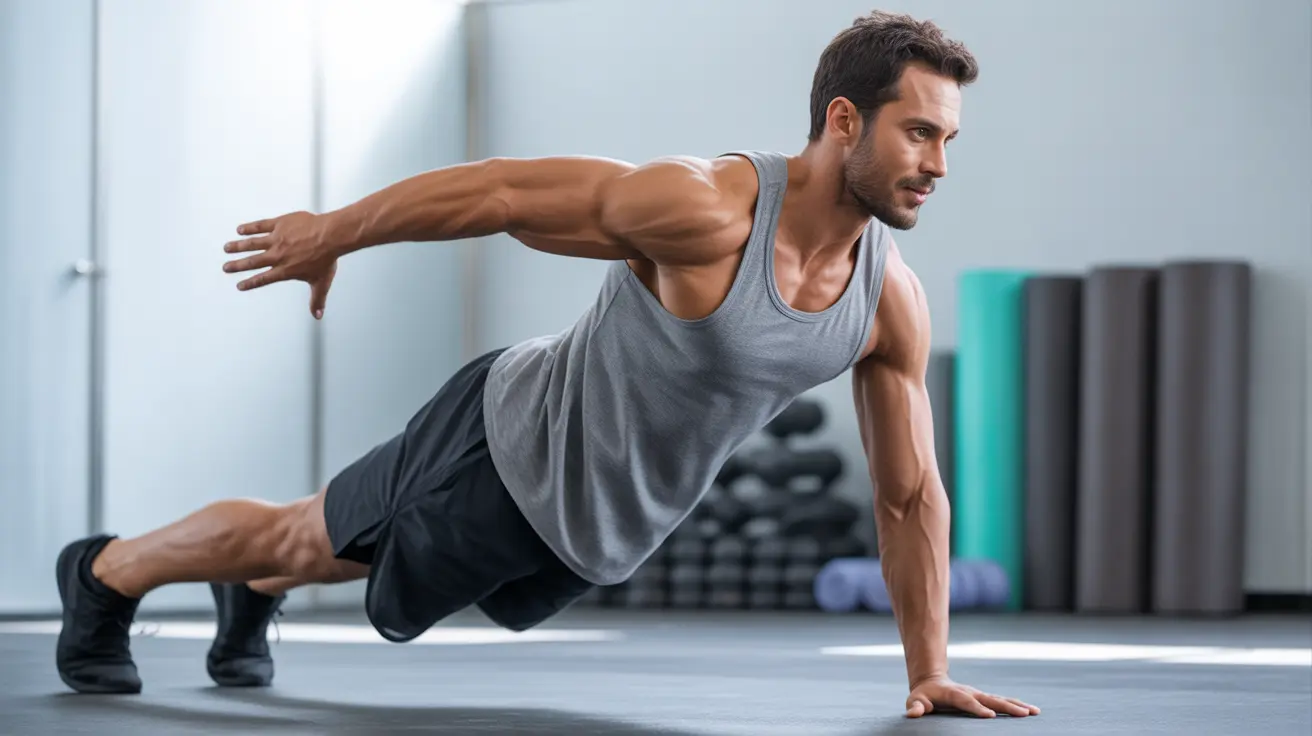Living with scoliosis can be challenging, but there are numerous natural treatment options available that can help manage symptoms and potentially slow the progression of spinal curvature. Understanding these non-surgical approaches is crucial for anyone seeking alternative methods to address their scoliosis concerns.
This comprehensive guide explores various natural treatment options, from physical therapy to lifestyle modifications, helping you make informed decisions about your scoliosis management plan.
Understanding Natural Treatment Approaches for Scoliosis
Natural scoliosis treatment encompasses a range of non-surgical interventions designed to improve spinal alignment, reduce pain, and enhance overall quality of life. These approaches focus on strengthening core muscles, improving flexibility, and maintaining proper posture through various therapeutic techniques.
Physical Therapy and Exercise
Physical therapy plays a crucial role in natural scoliosis treatment. Specialized exercises can help strengthen the muscles supporting the spine, improve posture, and potentially reduce pain. Some effective exercises include:
- Bird-dog poses
- Pelvic tilts
- Cat-cow stretches
- Side plank exercises
- Core strengthening movements
Working with a qualified physical therapist ensures exercises are performed correctly and tailored to your specific condition.
Bracing as a Conservative Treatment
Bracing represents a primary non-surgical intervention, particularly effective for adolescents with growing spines. Modern braces are designed to be more comfortable and less visible than traditional options. They work by:
- Preventing further curve progression
- Supporting proper spinal alignment
- Reducing pressure on affected areas
- Maintaining posture during daily activities
Alternative Therapies and Complementary Approaches
Several alternative therapies have shown promise in managing scoliosis symptoms:
Chiropractic Care
Regular chiropractic adjustments may help improve spinal alignment and reduce pain, though results vary among individuals. Chiropractors can also provide valuable guidance on posture and movement patterns.
Yoga and Stretching
Specific yoga poses and stretching exercises can help:
- Improve flexibility
- Strengthen core muscles
- Enhance body awareness
- Reduce muscle tension
- Promote better posture
Acupuncture
This traditional therapy may help manage pain and muscle tension associated with scoliosis, though more research is needed to confirm its long-term benefits.
Lifestyle Modifications and Prevention
Making certain lifestyle changes can support natural scoliosis treatment:
- Maintaining good posture during daily activities
- Using ergonomic furniture and supports
- Staying physically active
- Maintaining a healthy weight
- Getting adequate sleep on a supportive mattress
Frequently Asked Questions
Q: What are some effective natural treatments for managing scoliosis pain and improving spinal alignment?
A: Effective natural treatments include specific physical therapy exercises, chiropractic care, yoga, and proper bracing. These approaches, combined with maintaining good posture and core strength, can help manage pain and potentially improve alignment.
Q: How does physical therapy help in treating scoliosis, and what exercises are most beneficial?
A: Physical therapy helps by strengthening core muscles, improving flexibility, and enhancing posture. Beneficial exercises include bird-dog poses, pelvic tilts, side planks, and specific core-strengthening movements designed for scoliosis patients.
Q: Can alternative therapies like yoga and acupuncture reduce scoliosis symptoms and improve posture?
A: Yes, alternative therapies can help manage symptoms. Yoga can improve flexibility and body awareness, while acupuncture may help reduce pain and muscle tension. These therapies work best when combined with other treatment approaches.
Q: What are the benefits and risks of using braces for scoliosis treatment, and how do they work?
A: Braces work by applying pressure to help guide spinal growth and prevent curve progression. Benefits include potential curve stabilization and improved posture. Risks may include discomfort and potential skin irritation. The effectiveness largely depends on consistent wear during growth periods.
Q: How can I prevent scoliosis progression without surgery, and what lifestyle changes are beneficial?
A: To help prevent progression, maintain regular exercise, practice good posture, engage in physical therapy, and use prescribed bracing if recommended. Beneficial lifestyle changes include staying active, maintaining a healthy weight, and ensuring proper ergonomics in daily activities.




